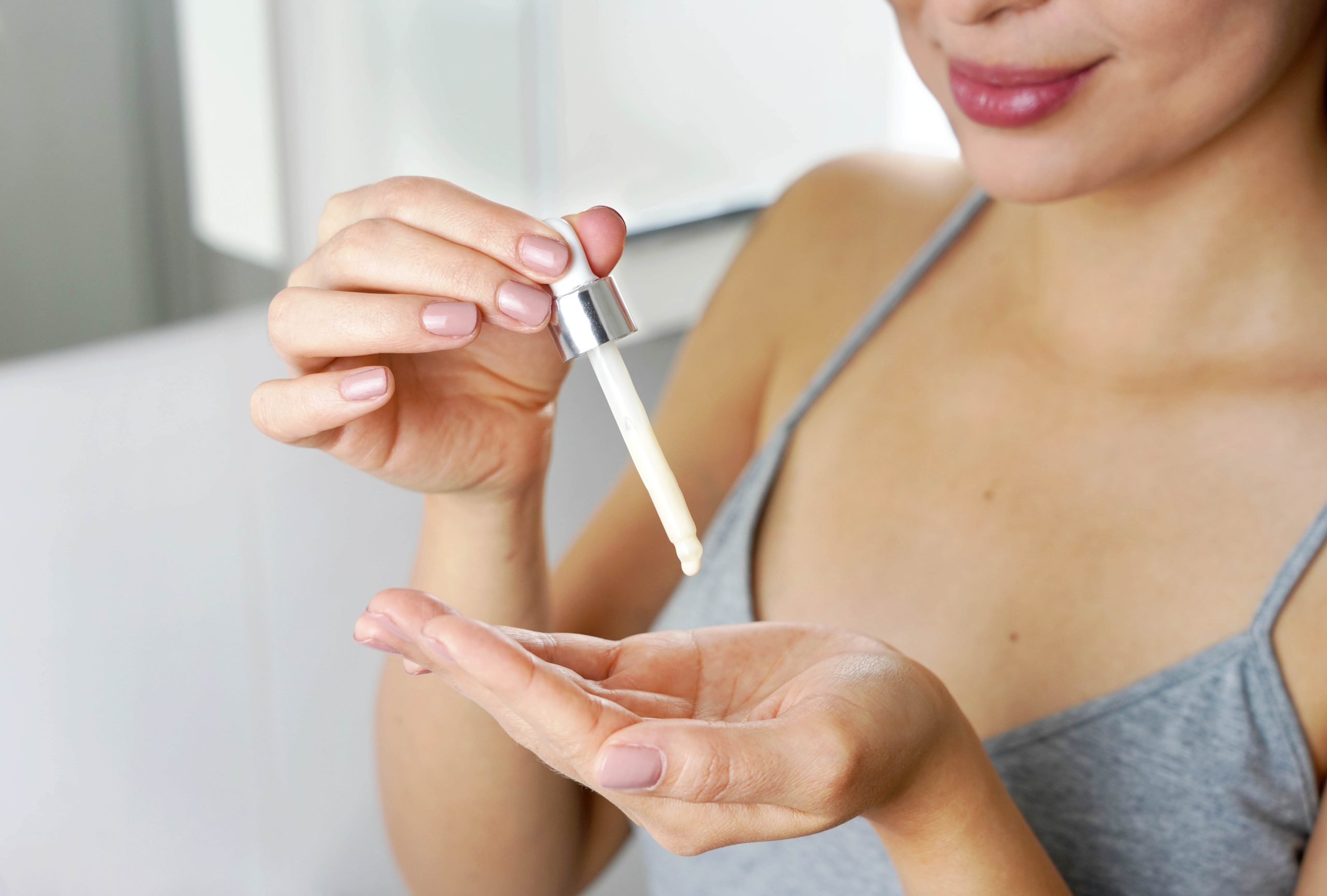
Niacinamide, also known as vitamin B3, has become a standout skincare ingredient for its versatility, gentleness, and proven results. Whether you’re struggling with acne, dullness, fine lines, or an uneven skin tone, niacinamide can help—regardless of skin type.
This article explores the top benefits of niacinamide, how to properly incorporate it into your skincare routine, what ingredients it pairs well with, and what to avoid. We’ll also explain how to layer it correctly, including how it works with other essentials like sunscreen, moisturizers, and serums.
What Is Niacinamide?
Niacinamide is a water-soluble form of vitamin B3 that supports the skin’s barrier, improves texture, and helps manage common skin concerns like redness, large pores, and inflammation. It’s found in a variety of products—serums, moisturizers, toners—and is generally well-tolerated by sensitive and acne-prone skin.
Key Benefits of Niacinamide
| Benefit | Explanation |
|---|---|
| Regulates Oil Production | Helps balance sebum, making it ideal for oily or acne-prone skin |
| Minimizes Pores | Reduces the appearance of enlarged pores over time |
| Brightens Skin | Fades dark spots, hyperpigmentation, and uneven tone |
| Improves Skin Barrier | Strengthens the outer layer, improving moisture retention |
| Reduces Redness and Inflammation | Soothes irritated or sensitive skin, including rosacea-prone skin |
| Anti-Aging Properties | Reduces the appearance of fine lines and improves elasticity |
How to Use Niacinamide in Your Routine
Niacinamide is a very flexible ingredient. It can be used both morning and night, and it works well with most active ingredients. Here’s how to use it step-by-step.
Step 1: Cleanser
Start with a gentle, non-stripping cleanser suitable for your skin type.
Step 2: Toner (Optional)
Use a hydrating or pH-balancing toner to prep the skin for serum absorption.
Step 3: Niacinamide Serum
Apply 2–3 drops of a niacinamide serum to your face and gently pat it in. Use it after lighter treatments (like AHAs) but before heavier creams or oils.
Pro Tip: Most products contain 5–10% niacinamide. Start with a 5% formula if you’re new to it or have sensitive skin.
Step 4: Moisturizer
Follow with a moisturizer to lock in hydration and support the skin barrier.
Step 5: Sunscreen (AM Only)
In the morning, always apply a broad-spectrum SPF. If your skin is sensitive, the Best Korean Sunscreen for Sensitive Skin pairs beautifully with niacinamide, offering protection without irritation.
Routine Example with Niacinamide
| Time | Step | Product Type |
|---|---|---|
| Morning | Cleanser | Gentle, non-foaming |
| Morning | Niacinamide Serum | 5–10% concentration |
| Morning | Moisturizer | Lightweight and non-comedogenic |
| Morning | Sunscreen | SPF 30+ |
| Evening | Cleanser | Hydrating or calming formula |
| Evening | Toner (optional) | Alcohol-free, hydrating |
| Evening | Niacinamide Serum | Apply to clean, dry skin |
| Evening | Moisturizer | Richer if skin is dry |
What Niacinamide Pairs Well With
Niacinamide is one of the few actives that plays well with nearly everything:
-
Hyaluronic Acid – Boosts hydration
-
Zinc – Enhances oil control and acne management
-
Retinol – Reduces irritation when used together
-
Peptides – Strengthens skin and promotes firmness
-
Ceramides – Support the barrier function
What to Avoid with Niacinamide
While niacinamide is non-irritating for most, avoid combining it with:
-
High-concentration Vitamin C (L-Ascorbic Acid): Can reduce the effectiveness of both ingredients if not formulated correctly.
-
Strong exfoliating acids (like glycolic or salicylic): Space them out in your routine to reduce the risk of sensitivity.
If you’re using both vitamin C and niacinamide, apply one in the morning and the other at night, or choose a product where both are pH-balanced in a single formula.
Who Should Use Niacinamide?
Niacinamide is suitable for:
-
Oily and acne-prone skin: Helps reduce breakouts and control oil.
-
Dry and sensitive skin: Improves moisture retention and soothes redness.
-
Mature skin: Diminishes fine lines and improves firmness.
-
Uneven skin tone: Reduces the appearance of dark spots and discoloration.
FAQs
Q1: Can I use niacinamide every day?
Yes, niacinamide is gentle enough for daily use—morning and night. Most skin types tolerate it well even with long-term use.
Q2: How long does niacinamide take to work?
Visible results often appear in 4–8 weeks with consistent use, especially for issues like hyperpigmentation or large pores.
Q3: Is it okay to use niacinamide with retinol?
Yes, and it’s actually encouraged. Niacinamide can reduce the irritation caused by retinol, making it a great pairing.
Q4: Can I use niacinamide under makeup?
Absolutely. It absorbs quickly and helps control shine, making it a great primer for makeup.
Q5: What if niacinamide causes a breakout?
Purging is rare with niacinamide, but it can happen with new routines. If irritation persists, reduce frequency or try a lower concentration (around 2–5%).
Final Thoughts
Niacinamide is one of the most effective, well-researched ingredients you can add to your skincare routine. It delivers real results—smaller pores, smoother skin, reduced redness—without harsh side effects. Whether you’re dealing with acne, sensitivity, or dullness, niacinamide is a reliable solution that works across skin types and ages.
The key is consistency and pairing it with other well-formulated products. A strong skincare routine includes protection as well as treatment—so don’t forget to follow up with the Best Korean Sunscreen for Sensitive Skin to lock in your niacinamide benefits and shield your skin from further damage.

